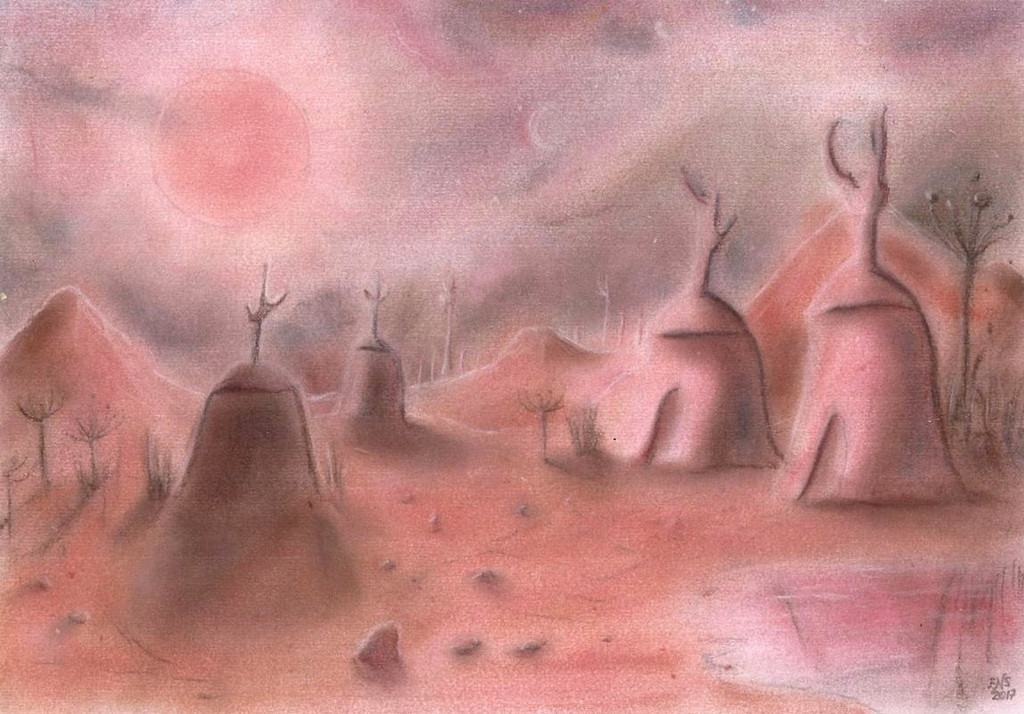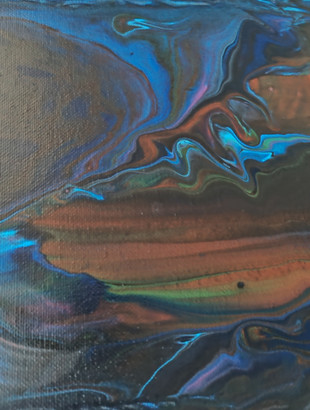HOME | DD
 EderNogueira — Alien Village in a Red Dwarf System
EderNogueira — Alien Village in a Red Dwarf System

#alien #dwarf #fi #landscape #pastel #planet #red #sci #scifi #seco #settlement #star #sun #village #extraterrestrial
Published: 2017-06-17 05:00:01 +0000 UTC; Views: 1143; Favourites: 23; Downloads: 5
Redirect to original
Description
Vila Alienígena em um Sistema de Anã Vermelha.Dry pastel on paper.
An imaginary extraterrestrial village set on a planet that orbits a red dwarf star (or M-Type main sequence star).
Scientifically speaking: red dwarfs are the most common type of star, and also the coolest and faintest true stars in the universe. Even though they're very common and the nearest star to our Sun (Proxima Centauri) is a red dwarf, none of them is visible with the naked eye from Earth.
To have the right temperature and liquid water on its surface (and therefore be potentially habitable), a planet around a red dwarf should orbit very close to the star, much closer than Mercury is from the Sun. But this would have consequences: the planet would probably be tidally locked, with one side always facing the star. In other words: one side would always have daylight and the other would be in eternal night. This could jeopardize an even distribution of heat around the planet. Red dwarfs are also very tempestuous and may shoot very strong flares, toasting a planet that's too close to them.
Red dwarfs have some advantages too: they have an extremely long lifespan, shining for trillions of years, much longer than our Sun. Even the first red dwarfs to appear in the universe are still very young. This would give life a very long time to evolve.
LOTS of planets have been found around red dwarfs and astrobiologists are really looking for life on them. A remarkable case is that of TRAPPIST-1, which has seven known planets (three of them orbiting inside the habitable zone).
Now, back to the artwork: I wanted to portrait a rocky planet of a red dwarf system faithfully. The star appears big due to the proximity to the planet, yet the planet is darker than Earth because red dwarfs are much fainter than the Sun. The star is always fixed at that point in the sky because the planet is tidally locked. The dwellers themselves are not seen because I will let you to wonder how they look like. Some "plants" are seen and they are very dark, so that they could make photosynthesis using the faint reddish light from the star.
Extraterrestrial landscapes series.
Éder N. Santos, 2017.

























